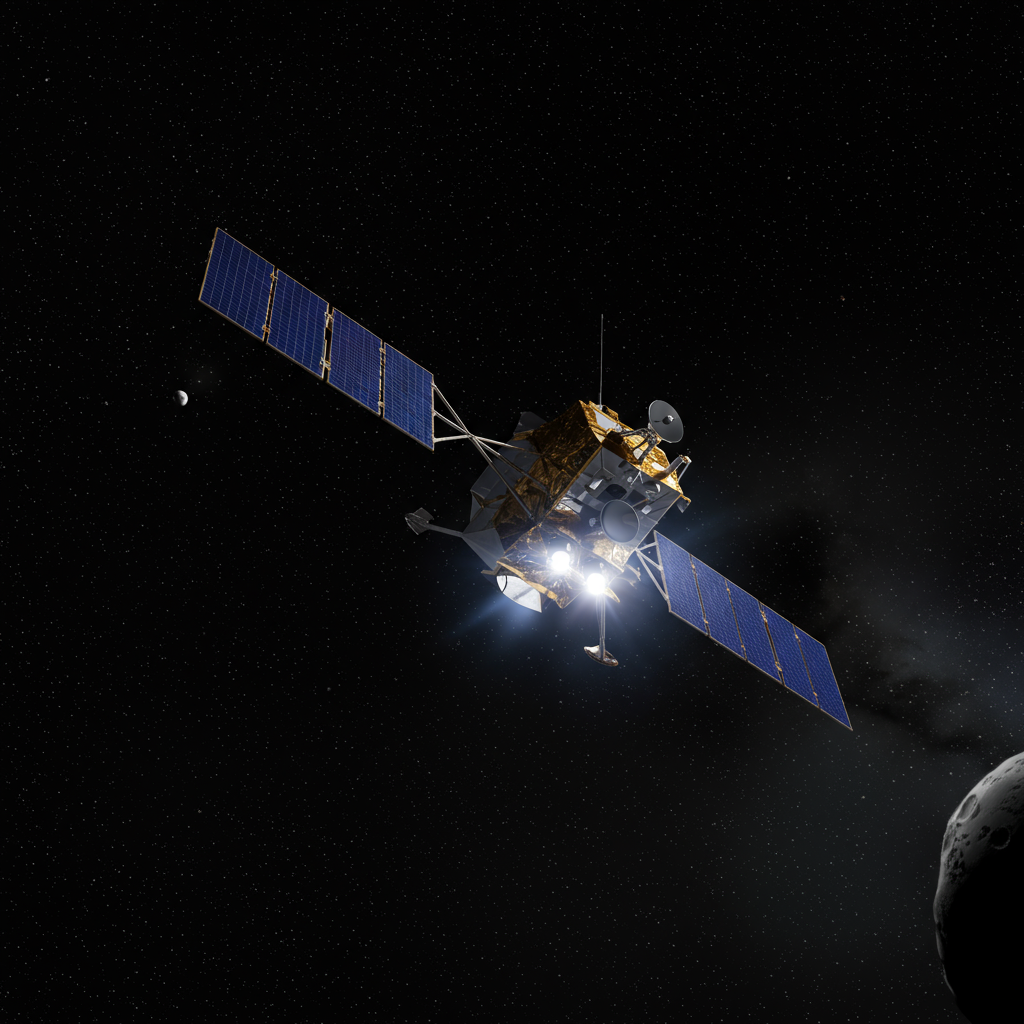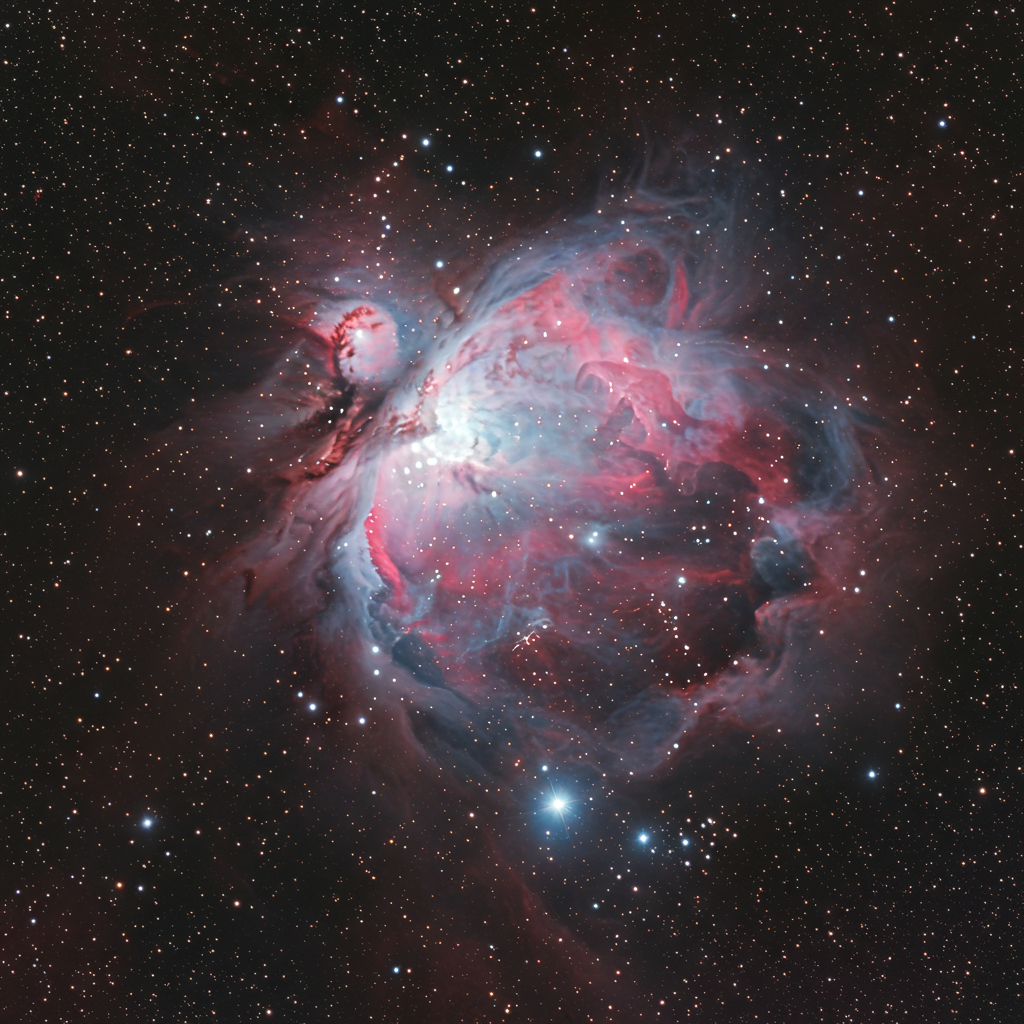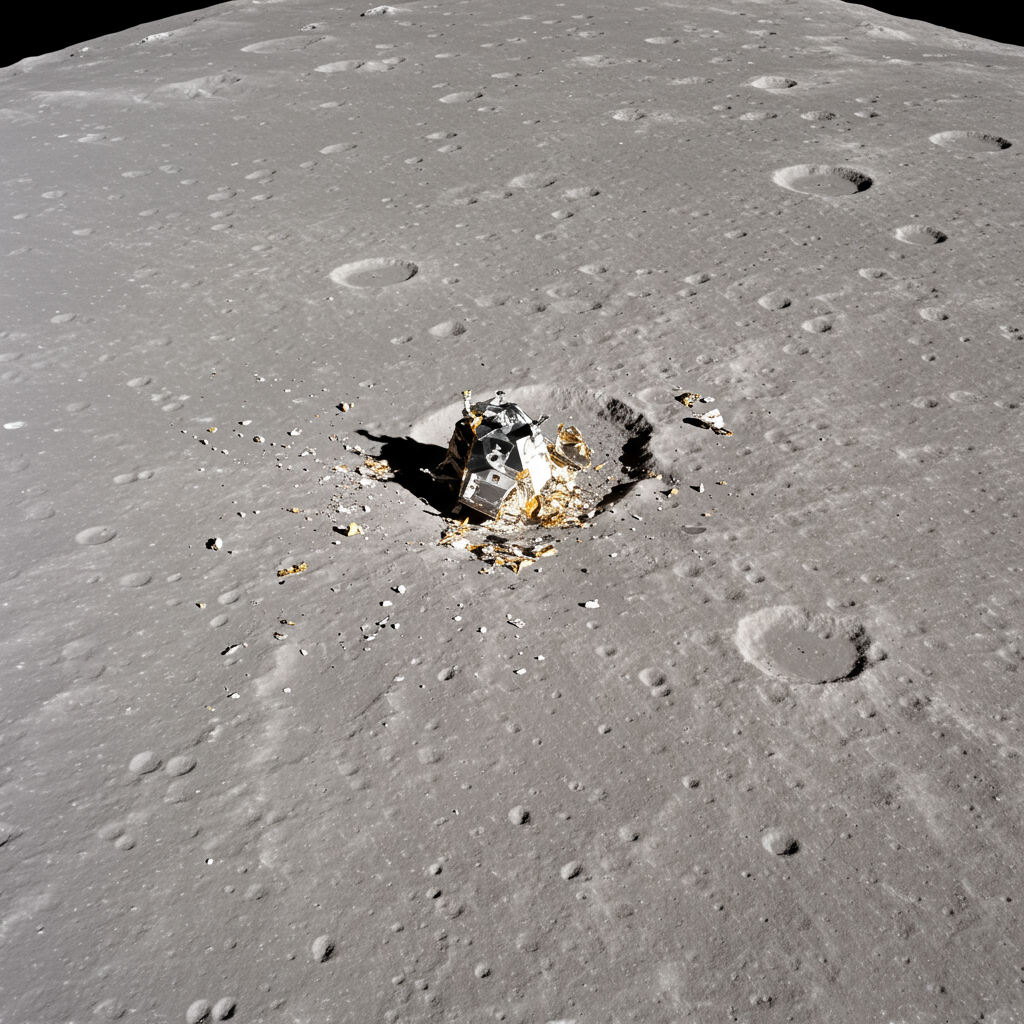For decades, the sun has bombarded Earth with high-energy particles, a phenomenon that mystified scientists and posed a silent threat to our technology. Now, a groundbreaking discovery by the ESA/NASA Solar Orbiter spacecraft has cracked a major cosmic puzzle. Researchers have precisely traced the origins of ultra-fast electrons, known as Solar Energetic Electrons (SEEs), back to their explosive birthplaces on our sun. This pivotal research clarifies long-standing questions in solar physics, offering unprecedented insights into space weather and its profound impact.
This discovery is a major leap forward. It not only pinpoints where these nearly light-speed particles come from but also dramatically enhances our ability to predict potentially damaging solar events. Understanding these cosmic projectiles is crucial for safeguarding everything from orbiting satellites and communication networks to power grids on Earth and astronauts in space. The implications for future space exploration and infrastructure are immense.
Unmasking the Sun’s Particle Accelerators
The journey to uncover the origins of these mysterious superspeed electrons was complex. Scientists detected SEEs in space after they had already been accelerated to incredible energies. The real challenge was tracing these elusive particles back to their exact source on the sun’s surface. With meticulous observation, the Solar Orbiter achieved this feat, distinguishing between two distinct types of stellar explosions responsible for launching SEEs.
This investigation revealed a clear separation in how these energetic particles are generated. Pinpointing these different mechanisms is key to predicting when and how such events might occur.
Two Pathways to High-Speed Electrons
The research, led by Alexander Warmuth of the Leibniz Institute for Astrophysics Potsdam (AIP), identified two primary categories of Solar Energetic Electrons:
- “Impulsive” Particle Events: These bursts of electrons are directly linked to solar flares. Flares are rapid, intense explosions of energy that erupt from small, localized regions on the sun’s surface. They release electrons in quick, powerful successions, like a cosmic shotgun.
- “Gradual” Particle Events: In contrast, this group of electrons is associated with Coronal Mass Ejections (CMEs). CMEs are larger, more powerful expulsions of plasma and magnetic field that belch out from the sun. They release a broader swell of particles over more extended periods, akin to a slow-motion cosmic tsunami.
While the existence of these two families of SEEs had been theorized for years, definitive observational evidence was lacking. The Solar Orbiter’s comprehensive data, gathered from “hundreds of events at different distances from the sun with multiple instruments,” provided the irrefutable proof needed to finally distinguish their specific origins. This capability to observe particles in a “pristine” early state, closer to the sun, was crucial. It allowed scientists to accurately determine their precise time and place of origin.
The Time Lag Conundrum: A Cosmic Detour
One perplexing aspect of Solar Energetic Electrons has been the frequent time lag between a solar flare or CME eruption and the detection of SEEs in space. This delay can sometimes stretch for hours, leaving researchers puzzled. Team member Laura Rodríguez-García provided clarity on this phenomenon.
She explained that this lag is partly due to the electrons’ arduous journey through space. As they travel, these charged particles encounter turbulence and get scattered in various directions. These scattering effects become more pronounced further away from the sun, leading to a delay in their detection. It also suggests that their actual release might be delayed. The paths of these highly charged SEEs are further influenced and scattered by the solar wind—a continuous stream of charged particles flowing from the sun—and its intricate magnetic fields.
The Solar Orbiter’s advanced instrumentation, allowing it to get closer to the sun than previous missions, has been revolutionary. It has enabled scientists to measure these particles before they are significantly altered by the vast, turbulent expanse of interplanetary space. This proximity provides an unparalleled view of their initial conditions.
The Sun’s Planetary Pacemakers: A Broader Context
While understanding the explosive origins of SEEs is critical, it’s worth noting that other factors also influence the sun’s overall activity. A separate study suggests that the gravitational forces exerted by Venus, Earth, and Jupiter play an unexpected role. These planets might act as a “pacemaker,” subtly modulating the sun’s internal magnetic dynamo. This mechanism generates the sun’s magnetic field and, by extension, its magnetic activity.
This planetary influence may help keep our sun significantly calmer than other similar stars. It potentially reduces the frequency and intensity of extreme solar storms. The Sun’s most intense activity occurs during periods of high magnetic field strengths. Therefore, by influencing these field strengths, the planetary alignment could contribute to longer periods of lower magnetic activity. This natural dampening effect lessens the likelihood of severe events, such as a modern-day Carrington event, which could devastate global technology. Even with this cosmic protection, however, pinpointing the specific origins of high-energy electrons remains vital for immediate space weather preparedness.
Protecting Our Future: Implications for Space Weather
The findings from the Solar Orbiter have profound implications for understanding and predicting space weather. Distinguishing between SEEs originating from flares and those from CMEs is especially significant. Electrons launched by CMEs tend to carry higher energies. These high-energy particles pose a greater threat to our technological infrastructure. They can cause substantial damage to satellites and spacecraft, and endanger astronauts performing spacewalks.
Improving space weather predictions based on these insights will vastly enhance our ability to protect critical space assets and personnel. Daniel Müller, ESA Project Scientist for Solar Orbiter, highlighted the mission’s success. He noted that the mission has observed a wealth of SEE events over its first five years. This has allowed for detailed analyses and the creation of a unique database for the global scientific community. This knowledge, a result of collaborative efforts between European and US scientists, will be crucial for all future space missions.
Looking Ahead: Future Missions and Continued Exploration
The groundbreaking research was published on September 1 in the journal Astronomy & Astrophysics, marking a new era in solar physics. Building upon this foundational understanding, two future ESA missions are set to further advance our knowledge of the sun and its environment:
Smile Mission (2026): This mission will focus on measuring the solar wind and its intricate interaction with Earth’s magnetosphere. This will provide more details on how solar particles affect our planet.
Vigil Mission (2031): The Vigil mission promises to be a game-changer for space weather forecasting. It will observe the “side” of the sun, detecting potentially damaging solar events at the solar limb before they rotate towards Earth. This early warning system will substantially improve predictions regarding the power, direction, and potential impact of solar storms on our planet.
The ongoing quest to understand the sun’s explosive processes is not merely academic. It is a critical endeavor that directly impacts our technologically advanced society and our future in space. Each new discovery brings us closer to a safer, more predictable cosmic neighborhood.
Frequently Asked Questions
What are Solar Energetic Electrons (SEEs) and why are they important?
Solar Energetic Electrons (SEEs) are high-speed electrons, often traveling at nearly the speed of light, that are ejected from the sun during explosive events. They are critical because they contribute significantly to space weather phenomena. Understanding their origins is vital for predicting the intensity and timing of solar storms, which can severely impact satellites, communication systems, power grids on Earth, and the safety of astronauts in space. The recent discovery by the Solar Orbiter helps differentiate between types of SEEs and their specific origins.
How does the Solar Orbiter track these high-speed electrons?
The ESA/NASA Solar Orbiter spacecraft tracks high-speed electrons by directly measuring them in space after they have been accelerated to high energies. Its unique capability to approach the sun closely allows scientists to observe these particles in a “pristine” early state, before they are significantly scattered or altered by their journey through the solar system. This proximity enables researchers to accurately pinpoint the exact time and place on the sun where these electrons originated, providing crucial data for their classification.
What are the real-world implications of understanding SEE origins for future space missions?
Understanding the precise origins of Solar Energetic Electrons (SEEs) has immense practical implications for future space missions. By distinguishing whether SEEs come from solar flares or Coronal Mass Ejections (CMEs), scientists can create far more accurate space weather predictions. This improved forecasting allows mission control to implement protective measures for satellites and spacecraft, such as powering down sensitive equipment. It also helps in planning astronaut activities to minimize radiation exposure, safeguarding both technology and human life in space. Upcoming missions like Smile and Vigil will further build on this knowledge.
—
The Solar Orbiter’s groundbreaking findings represent a significant leap in heliophysics and space weather prediction. By unraveling the explosive origins of the sun’s superspeed electrons, scientists are not only deepening our understanding of our nearest star but also equipping us with vital tools to protect our technological infrastructure and future endeavors in space. This collaborative international effort underscores humanity’s relentless pursuit of knowledge and its practical application for a safer future in the cosmos.




